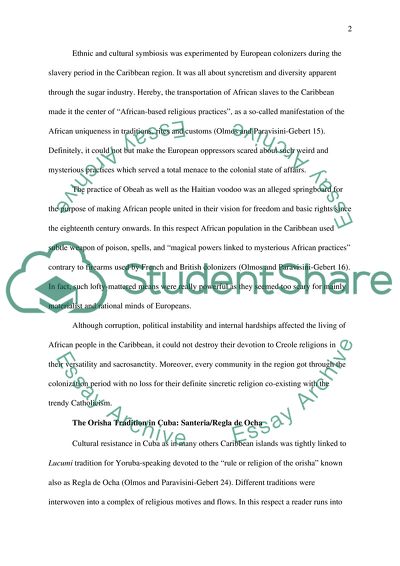Cite this document
(Analysis of Creole Religions of the Caribbean: an Introduction from Book Report/Review, n.d.)
Analysis of Creole Religions of the Caribbean: an Introduction from Book Report/Review. Retrieved from https://studentshare.org/religion-and-theology/1764474-religion
Analysis of Creole Religions of the Caribbean: an Introduction from Book Report/Review. Retrieved from https://studentshare.org/religion-and-theology/1764474-religion
(Analysis of Creole Religions of the Caribbean: An Introduction from Book Report/Review)
Analysis of Creole Religions of the Caribbean: An Introduction from Book Report/Review. https://studentshare.org/religion-and-theology/1764474-religion.
Analysis of Creole Religions of the Caribbean: An Introduction from Book Report/Review. https://studentshare.org/religion-and-theology/1764474-religion.
“Analysis of Creole Religions of the Caribbean: An Introduction from Book Report/Review”, n.d. https://studentshare.org/religion-and-theology/1764474-religion.


